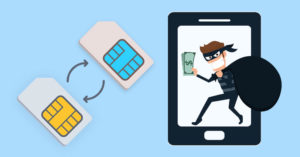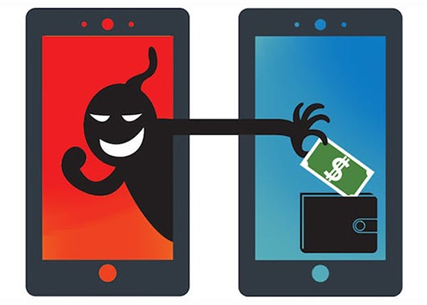 SIM Swapping Fraud is on the Rise. Here’s What You Need to Know.
SIM Swapping Fraud is on the Rise. Here’s What You Need to Know.
The FBI has warned of criminals increasingly using “SIM swap” scams in which criminals duplicate cellphone SIM cards from unknowing victims and steal their personal information, including their cell phone numbers and bank account details. These scams rose from $12M in losses from 2018-2020, to over $68M in 2021 alone.
First, What is a SIM Card? A SIM card is a a tiny, portable memory chip that stores information about you as a cell phone user.
What is SIM Swapping? A cybercriminal with a few important details about your life in hand (passwords/usernames, date of birth, etc.), will contact your mobile carrier and impersonate you, convincing your mobile carrier to reassign your phone number to a new SIM card that they control. At that point, the criminal can get access to your phone’s data and start changing your account passwords to control your bank accounts, email, and more.
What Should You Do?
To stay protected as best you can from this type of fraud, follow these simple tips:
-
- Set up two-factor authentication using authentication apps. Two-factor authentication is always a great idea; however, in the case of SIM swapping, the most secure way to access authentication codes is through authentication apps, versus emailed or texted codes.
- Watch out for phishing attempts. Cybercriminals fish for sensitive personal information that they can use to impersonate you or gain access to your financial accounts. Phishing emails, texts, and phone calls often use fear, excitement, or urgency to trick people into giving up valuable details, such as social security numbers, birthdays, passwords, and PINs.
- Be mindful of the personal information you share on social media. The more intimate details accessible about your life, the greater risk there is for a SIM-swapping fraud to be successful.






